Ragi Modak Recipe/ Ragi Kozhukattai/ Modakam
Jump to recipeModak is a sweet or savory steamed/fried dumpling, offered to Lord Ganesha during the Ganesh Chaturthi festival. This also forms a part of the prasadams made during the Varalakshmi Puja in south India. Modak can also be made of Mava(dehydrated milk).
Ganesh Chaturthi is one of the major festivals of India, especially in Maharashtra. It is a 10 day festival, where a clay idol of Ganesha is kept in every home, and coloured clay idols in every street. Daily prayers are offered, and in the evening a many cultural activities are organised.The 10 days of festival that starts with Ganesh Chaturthi, comes to an end with the Ganesh Visarjan, where Ganapati Bappa(as he is fondly called), is bid adieu, and immersed in the sea. Most of us know that Modak is Lord Ganesha’s favorite food, apart from Aval/Pohe. What is the significance of Modak and why is Modak offered to Him?
Folklore has it that, once Lord Shiva(Ganesha’s father),along with Parvathi and Son Ganesha visited Anusuya. Anusuya is the wife of Rishi Atri. Anusuya said that she would feed the little Ganesha first,and then Lord Shiva,and Parvathi. Anusuya offered many delicacies to Lord Ganesha(who was a child then). He kept eating whatever was offered, without getting satiated. Lord Shiva was getting impatient,and wanted to leave(as per custom,we never send our guests away without feeding them). So Ausuya feeds Ganesha a steamed sweet dumpling,after which he burps loudly,signaling satiation. Parvathi wanted to know what is the sweet that finally made her son satiated. Upon learning that it is the Modak, she expresses that – from then on His devotees must offer Him Modak. This tradition from then on,has passed from one generation to the next. Usually 21 Modaks or 100 are offered to Lord Ganeshas prasad.
Spiritual Significance of Modak. Modak in Sanskrit means “a small bite of bliss”. Which symbolises spritiuality. When you observe Ganesh closely, you observe that he holds a Modak in his left palm. This sweet with it’s hard outer shell signifies the reward of the sweetness of knowledge that will give the spiritual seeker joy, satisfaction and contentment as he travels along the path of enlightenment. It also indicates the importance of eating the correct Sathwic food in order to progress spiritually.
Ragi Modak/ Ragi Kozhukattai is made with Finger Millet flour. While these Kozhukattais are easy to make, if you are a beginner, working with Millets or Millet flours needs so practice and patience. However, it is not rocket science and you’ll fingure that out when you follow my recipe to the T.
Just for a change and for aesthetics I have used a dessicated coconut and sugar filling instead of the traditional coconut and jaggery one.
While many recipes claim Ragi Modak to be a healthier version, I personally feel anything steamed is healthy, and the use of Ragi gives extra fibre than rice flour.
This recipe needs a Modak mould as it is a little difficult to shape them with hand. Different varieties of molds are available on Amazon.
You can check out this for more recipes related to Ganesh Chaturthi
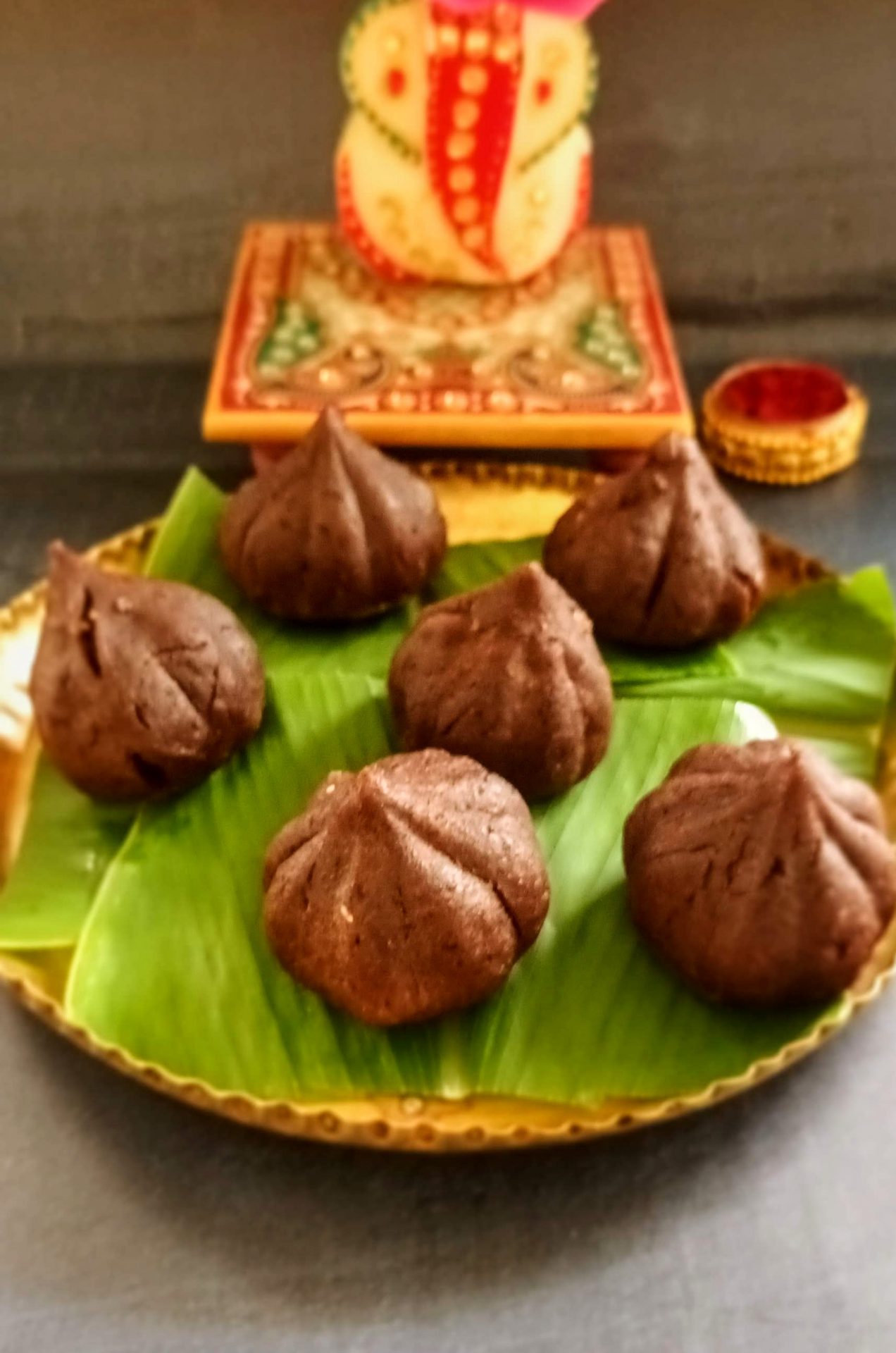
Ingredients
For outer cover –
- Ragi/ Finger Millet flour 3/4 cup
- Salt a pinch
- Water as required ( approximately 3/4th
For the filling/ Poornam
- Dessicated coconut 1/2 cup
- Cashewnuts a few broken
- Raisins a few
- Sugar 3-4 tbsp ( add more as per your requirement)
- Ghee 1 tbsp to fry nuts
Modak outer covering-
- Put a heavy pan or kadai on flame and heat lightly. Now add the Ragi flour and dry roast it over a low flame for 5 mins. To test, try to make a line with the flour on your kitchen counter. If you can easily draw ( like kolam) a straight line. Stop roasting the flour and transfer to another bowl to cool.
- Heat 1.5 cup water and bring it to a boil( I used a kettle ). Now adding a little water at a time, using a spatula, start mixing the flour. When it appears like a wet and dry mixture, stop adding water, and start bringing it together like Roti dough. ( check notes for tips). If the dough appears dry and you have difficulty bringing it together, sprinkle a little water and knead. If you are able to form a ball with the dough, that is the right consistency.Cover the dough and set aside.
For the Poornam/ Filling-
- Heat ghee in a pan, and add the Cashew and Raisins, and fry for a few seconds. Add the dessicated coconut followed by sugar and stir the mixture. At this stage add just 1 tbsp water and stir. Keep stirring for another minute and turn off the flame. The mixture should appear semi dry, and not gooey. Set aside to cool.
To assemble the Ragi Modak-
- Pinch out a small portion of the Ragi dough, and line both sides of the Modak mould with it. Try to make the covering, as thin as your mould will allow.
- Place the Poornam/ filling in the centre of one side of the Ragi dough, bring the other side over to close the mould.
- Now tilt the mould ( pointed side up) so that you can stuff a little more of the filling in. Finally, take a little ragi dough and seal the bottom. Repeat the process until the dough lasts.
- To steam- you can use either a microwave or the idli cooker. Grease your microwave idli tray. Pour water into the base, place Modaks on greased Idli plate and steam for 4-5 minutes. If using Idli cooker, pour water into the base. Let water being to boil, then place the stands with Modak and steam for 10 minutes. The Modaks are cooked when they turn dark in colour and are not sticky to touch.
Modak outer covering-
Put a heavy pan or kadai on flame and heat lightly. Now add the Ragi flour and dry roast it over a low flame for 5 mins. To test, try to make a line with the flour on your kitchen counter. If you can easily draw ( like kolam) a straight line. Stop roasting the flour and transfer to another bowl to cool.
Heat 1.5 cup water and bring it to a boil( I used a kettle ). Now adding a little water at a time, using a spatula, start mixing the flour. When it appears like a wet and dry mixture, stop adding water, and start bringing it together like Roti dough. ( check notes for tips). If the dough appears dry and you have difficulty bringing it together, sprinkle a little water and knead.Cover the dough and set aside.
For the Poornam/ Filling-
Heat ghee in a pan, and add the Cashew and Raisins, and fry for a few seconds.
Add the dessicated coconut followed by sugar and stir the mixture. At this stage add just 1 tbsp water and stir. Keep stirring for another minute and turn off the flame. The mixture should appear semi dry, and not gooey. Set aside to cool.
To assemble the Ragi Modak-
Pinch out a small portion of the Ragi dough, and line both sides of the Modak mould with it. Try to make the covering, as thin as your mould will allow.
Place the Poornam/ filling in the centre of one side of the Ragi dough, bring the other side over to close the mould.
Now tilt the mould ( pointed side up) so that you can stuff a little more of the filling in. Finally, take a little ragi dough and seal the bottom. Repeat the process until the dough lasts.
To steam- you can use either a microwave or the idli cooker. Grease your microwave idli tray. Pour water into the base, place Modaks on greased Idli plate and steam for 4-5 minutes. If using Idli cooker, pour water into the base. Let water being to boil, then place the stands with Modak and steam for 10 minutes. The Modaks are cooked when they turn dark in colour and are not sticky to touch.
Notes:
- Heat the kadai or pan first and then put the flour for roasting. If flour is taken in a cold kadai and then heated, it will stick to the bottom once you start roasting and will burn.
- Roast over a low flame for 5 minutes. Keep stirring continuously.
- For the Pooran we are not going to make a sticky filling/ pakam. So resist adding more than 1 tbsp of water, and transfer the filling to another plate
- While making Ragi dough resist the temptation to pour all the water, to mix the dough. Use only boiling water to knead, as this helps in binding.
- It takes longer to cook Ragi, so follow timings mentioned. For microwave remember that temperature settings may vary, so keep checking from 4 minutes onwards.
- You can try different filling to stuff the Ragi Modak, like Kova ( sweetened milk fudge), Tutty Fruity, Urad Dal , jaggery and sesame etc.
Gallery
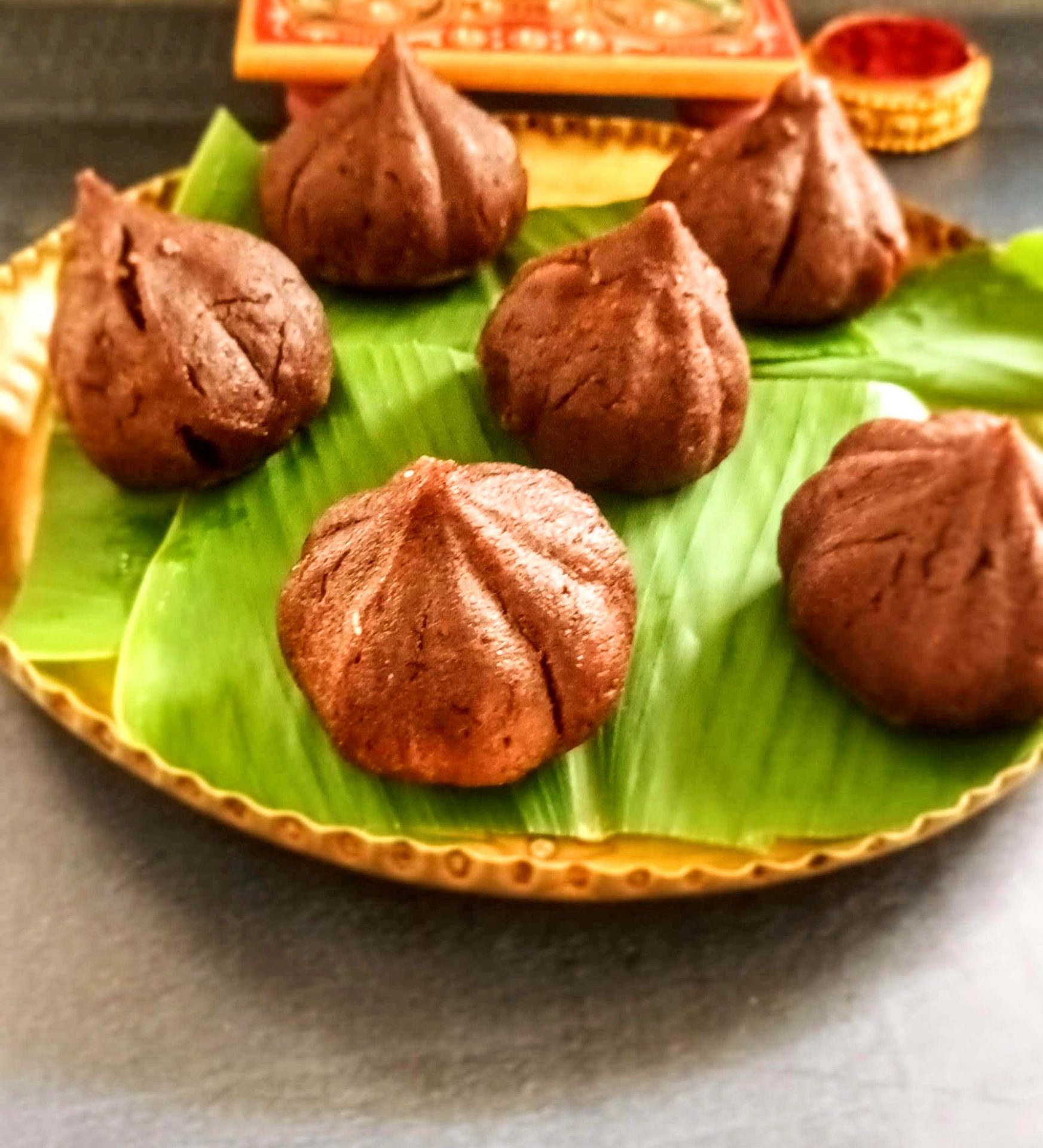
2 thoughts on "Ragi Modak Recipe/ Ragi Kozhukattai/ Modakam"
Leave a Reply
Get yummy recipes delivered to your inbox!
Be the first one to know about our new recipes. Leave your email below and get notified as soon as new recipes are published!
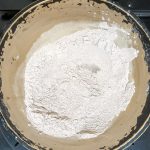
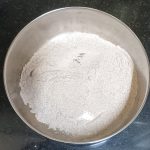
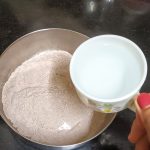
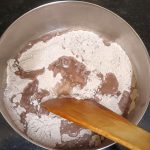
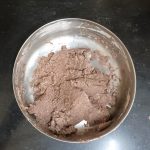
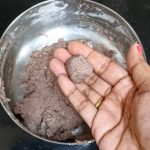
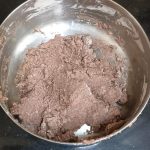
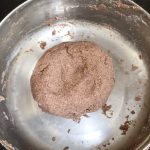
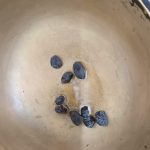
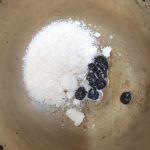

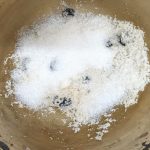
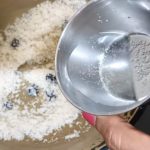
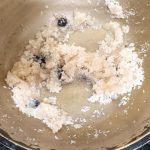
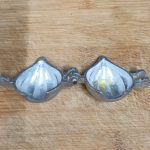
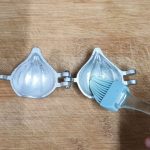
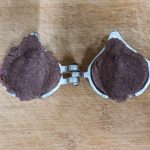
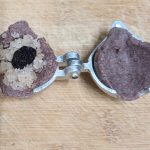
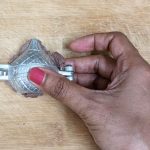
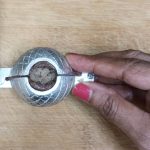
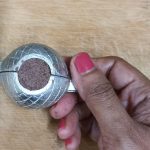
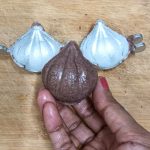
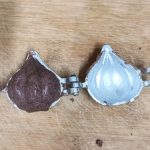
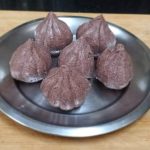
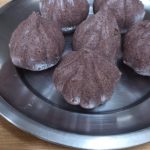

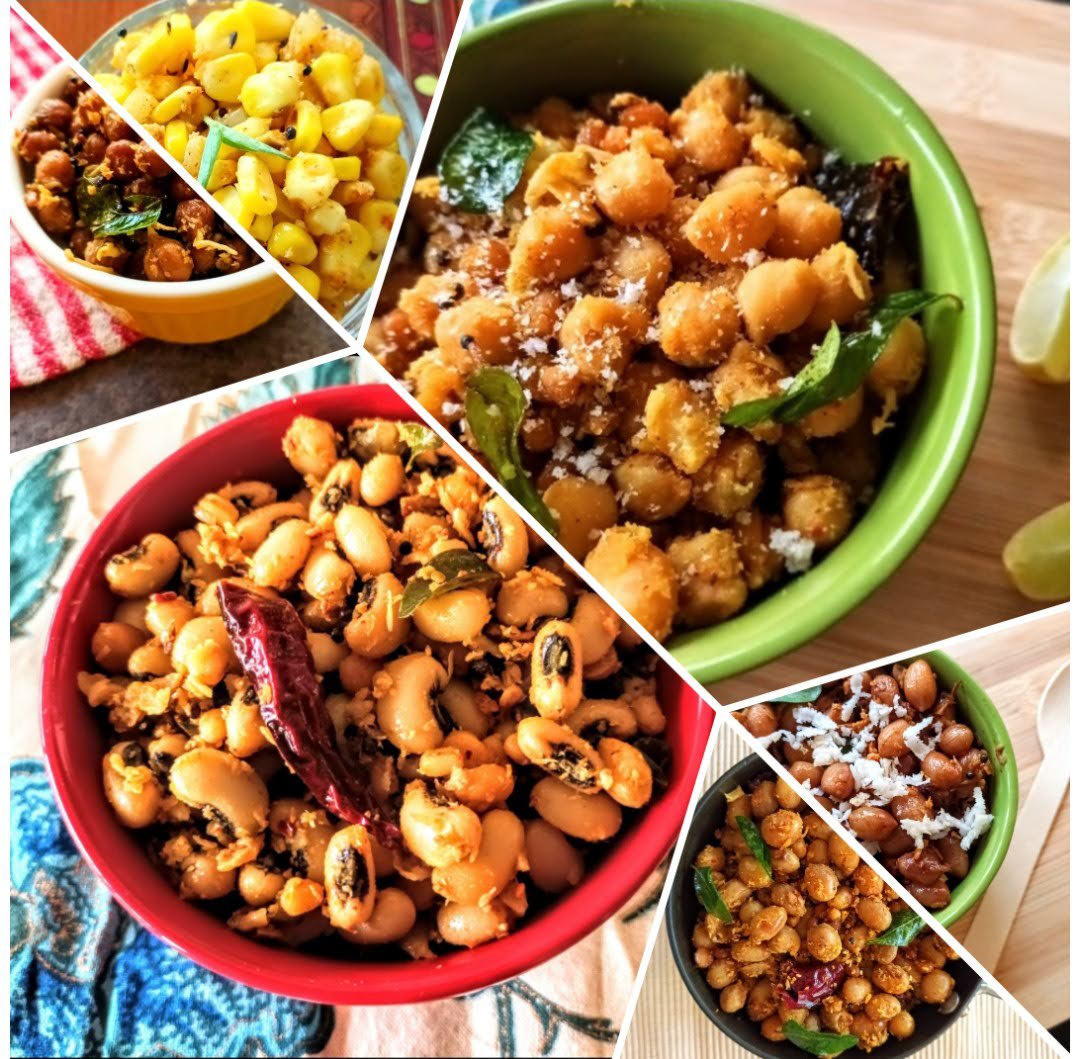
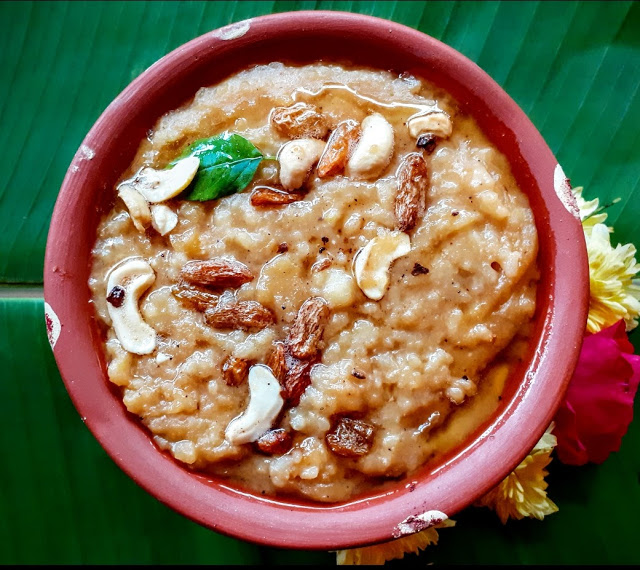
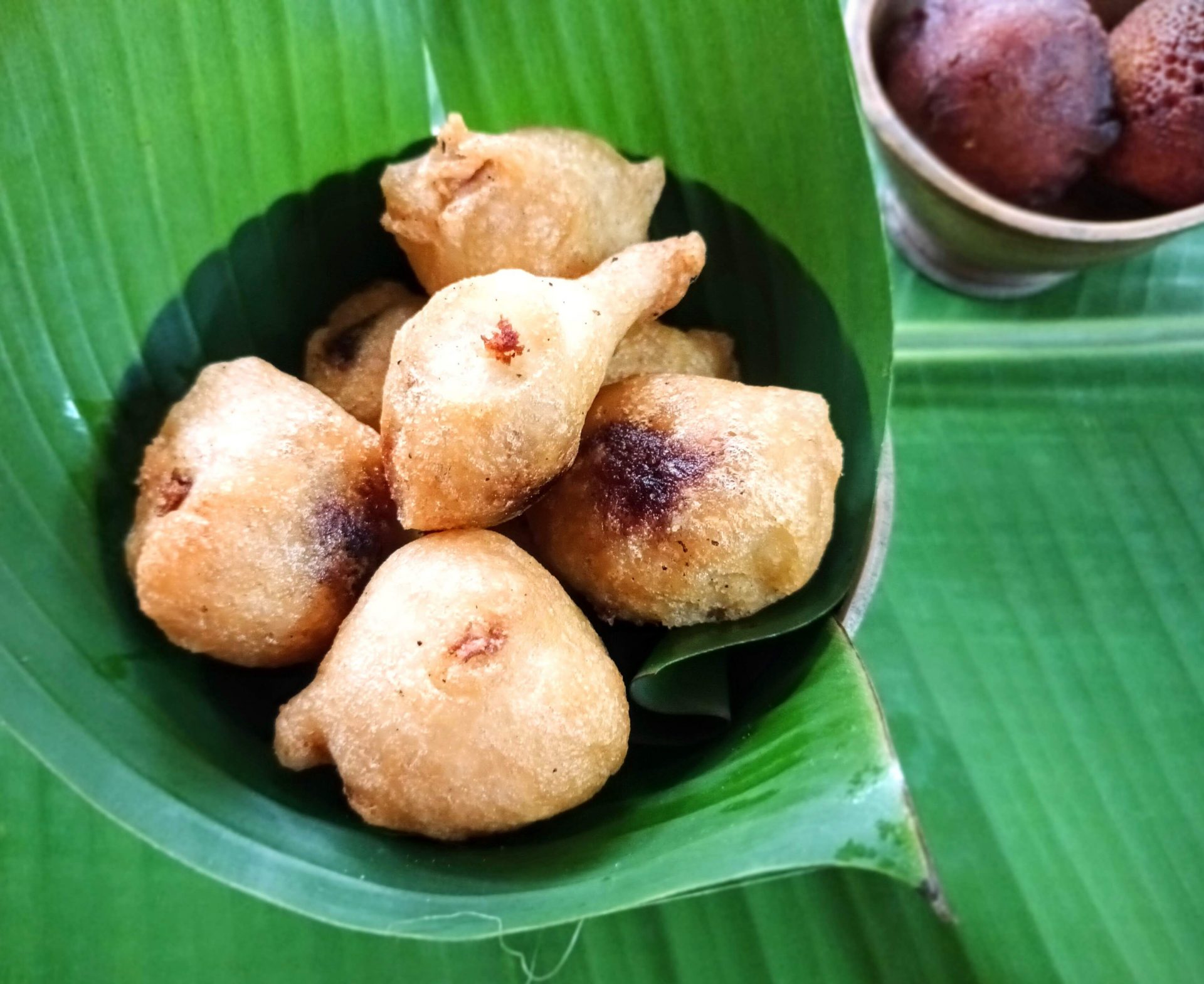

wow very nice, I’ll definitely try, would like to try Kova with dry fruits stuffing
Thank you so much. Kova stuffing will taste good too. Will eagerly await your feedback.